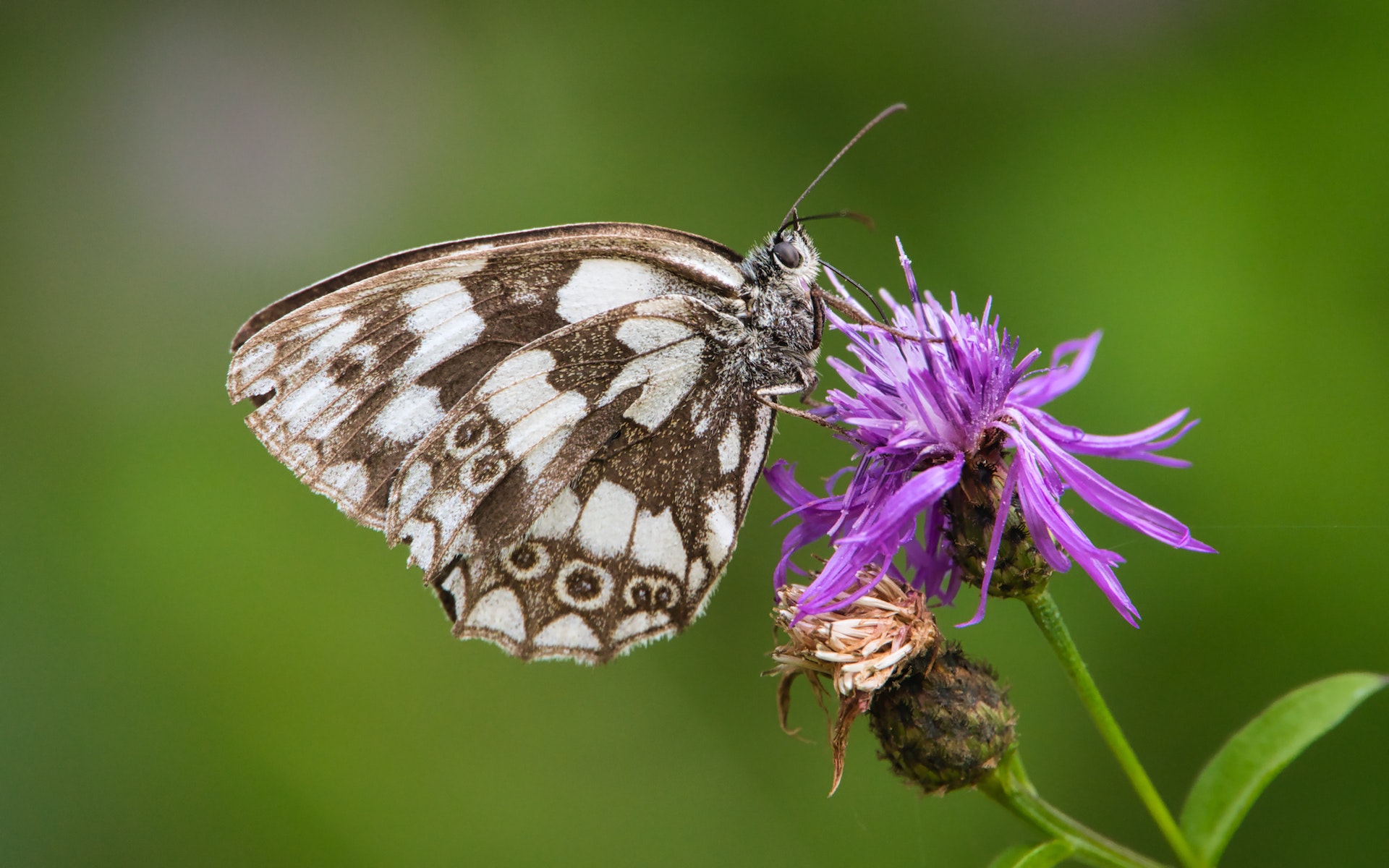Butterflies hold several meanings and are important to the environment. Along with bees and other insects, butterflies are harmless pollinators that help transfer pollen to other plants that need them for successful reproduction.
Having a butterfly sanctuary will help conserve these pollinators, serving it as their new home. If you're planning to start now, here are ways to start your own butterfly sanctuary in your backyard.
Prepare Your Location
If you've decided to start your butterfly sanctuary, you must first assess if your backyard fits what the butterflies will need. First, you must know that butterflies are cold-blooded insects.
You should ensure that your backyard garden receives at least five to six hours of full sunlight daily. It's because the first thing they do in the morning is seek the sun's warmth. You can consider placing lots of rocks that absorb heat to give these colorful butterflies a good warming spot to sunbathe.
Next, you can improve their new living place by placing shrubs, broad-leafed trees, or other mid-sized cultivars that'll shelter them from the wind. The plants will also help the butterflies when roosting (butterflies at rest) and hiding from predators. Aside from that, you should also provide shady spots to help regulate their temperature.
Gather the Essential Tools
Once your location is all settled, the next thing you'll need to prepare is the plants you'll be cultivating in your backyard garden. In this task, you'll need to find the right garden tools. With the right garden tools, you can create a habitable place for your butterflies.
For example, Australia has 90% of private domestic gardens. If you live in the country, having a good supplier near you that provides the essentials will help your gardening routine. In addition, the city of Adelaide alone values the benefits of gardens and uses them as a way to bring the community together. So, you'll need to find the best gardening supplies Adelaide can provide as soon as possible.
Here is a brief list of essential gardening tools you'll need to consider buying:
-
Pruning Shears or Hand Pruners
-
Garden Rake
-
Hand Trowel
-
Watering Can
-
Hoe
-
Weed Puller
Find the Right Plants
Finally, you'll need to prepare your backyard garden once you've gathered your tools. Finding the right plants is a crucial step in starting your butterfly sanctuary. The first thing you'll need to do is to fill your garden with a variety of flowers.
Next, fill your garden with plants that grow naturally in your region. In doing so, you'll attract more native butterflies and save them from interacting with harmful non-native plants. In addition, it'll make these butterflies stay safe and comfortable with familiar native plants.
While doing your research, you must keep two types of plants in mind. First, some plants provide nectar to butterflies and food for caterpillars. When starting a butterfly sanctuary, your garden must have both to become a more well-functioning habitat that will allow them to provide food, lay eggs, create a family, and grow new generations.
Make Preparations for Water Supply
Water is also essential in a garden to help the plants thrive, and it's the same with butterflies. Though these pollinators get their liquid intake from nectar, tree sap, and dew, readily having a water supply will also benefit them. You can prepare clean and fresh water near the flowers where it's protected from the wind and receives a decent amount of sun.
Prepare this "puddling station" in a shallow dish or small saucer and bury it to the brim of the soil. You can think of placing the puddling station near stones, where they can rest. Additionally, to make it more special, you can prepare the water with a sprinkle of salt since butterflies appreciate the saltiness in their puddles.
Cultivate a Pesticide-Free Environment
While caring for your garden, you must ensure it is as pesticide-free as possible. Unfortunately, butterflies are sensitive to pesticides, and it's incredibly harmful to them. So, in the end, instead of attracting these beautiful butterflies, you might kill them.
A diversified garden with different varieties of native plants will less likely attract fewer pests. So if you ever see slightly-chewed leaves, don't panic! It's sometimes a sign of an active, beautiful butterfly garden. You can instead carefully observe its frequency and the types of affected plants rather than using pesticides or insecticides as a solution.
Final Thoughts
Having a butterfly sanctuary just outside your backyard will help the environment. It can be a relatively easy job if you love caring for plants, and even if you're a newbie, it wouldn't be hard to start now. You'll only need a lot of dedication and love to give to the plants and these beautiful pollinators. So, if you feel you're up for the job, you can consider starting your butterfly garden now.
